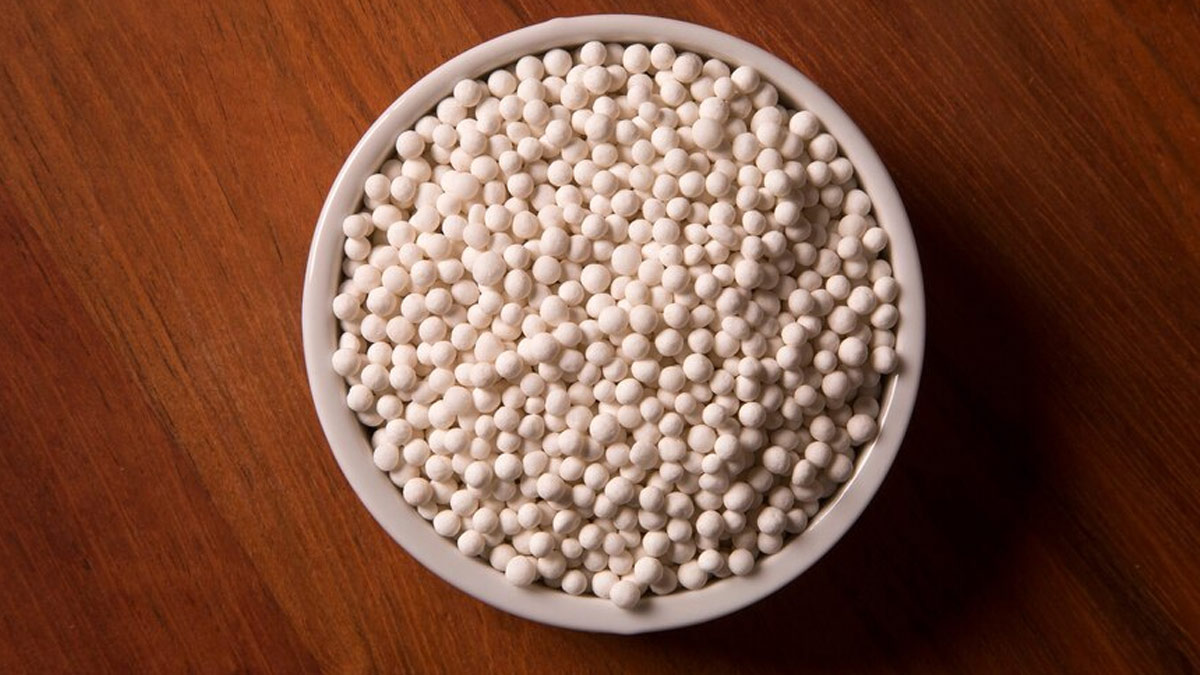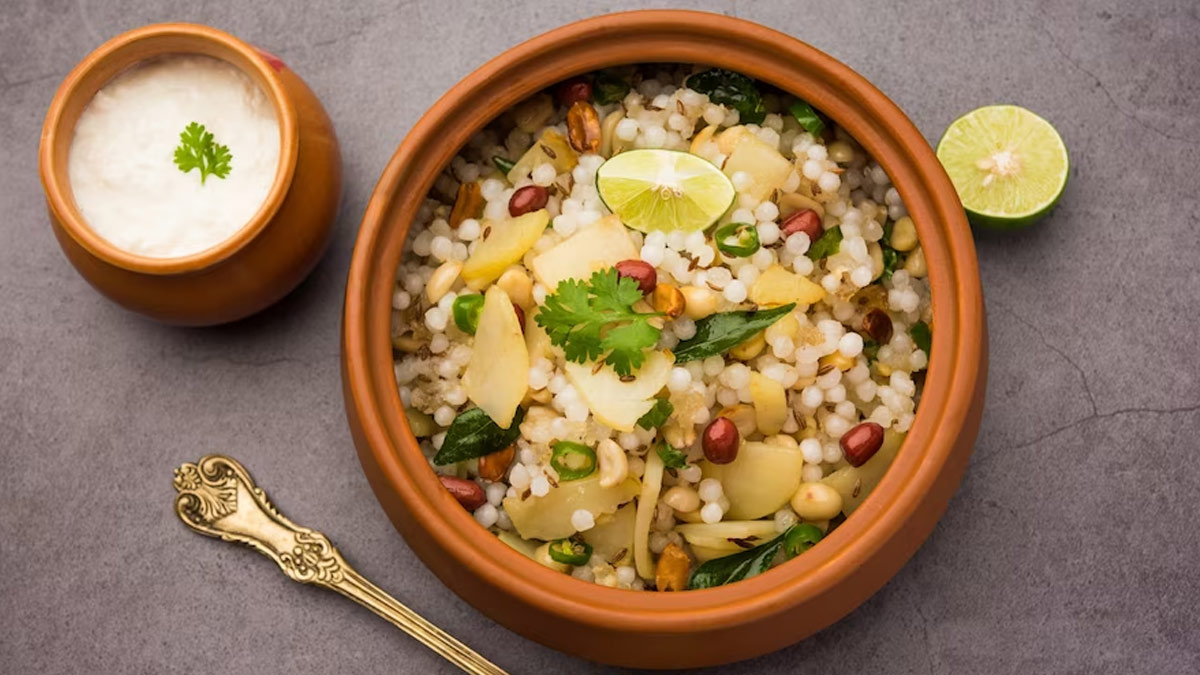
Sabudana, also known as tapioca pearls, has long been a staple in Indian cuisine, especially during fasting periods. But did you know that this humble ingredient can also work wonders for your metabolism? Here’s the science behind sabudana and how incorporating it into your diet can give your metabolism a healthy boost.
Table of Content:-
Sabudana Boosts Metabolism
An overview led by the National Health and Medical Sciences Institute defined metabolism as the complex process by which your body converts food into energy. It involves various biochemical reactions that break down nutrients and utilise them for vital functions such as breathing, circulating blood, and repairing cells. A faster metabolism means your body is more efficient at burning calories and converting them into energy.

According to a study published in the journal Temperature, here’s how sabudana plays a role in revving up your metabolism:
- High in Carbohydrates: Sabudana is rich in carbohydrates, providing a quick source of energy for your body. When you consume carbohydrates, your body converts them into glucose, which fuels your cells and powers your metabolism.
- Low in Fat: Unlike many other sources of carbohydrates, sabudana is low in fat. This means it can provide energy without adding excess calories, making it a great choice for those looking to maintain a healthy weight and metabolism.
- Gluten-Free: Sabudana is naturally gluten-free, making it suitable for individuals with gluten sensitivities or celiac disease. A gluten-free diet can help reduce inflammation in the body, which may support a healthy metabolism.
- Rich in Resistant Starch: Resistant starch is a type of carbohydrate that resists digestion in the small intestine and functions like soluble fibre in the large intestine. Foods high in resistant starch, such as sabudana, can promote feelings of fullness, regulate blood sugar levels, and support digestive health—all of which contribute to a healthy metabolism.
Also Read: Sabudana Is A Popular Indian Fasting Staple: But Should Diabetics Consume It?

Adding Sabudana to Your Diet
Now that you're aware of the metabolism-boosting benefits of sabudana, you may be wondering how to incorporate it into your diet. Here are some delicious and nutritious ways to enjoy this versatile ingredient:
- Sabudana Khichdi: A popular Indian dish made with soaked sabudana, potatoes, peanuts, and spices. It's flavourful, filling, and perfect for breakfast or as a light meal.
- Sabudana Kheer: A creamy dessert made with sabudana, milk, sugar, and cardamom. Enjoy it warm or chilled for a satisfying sweet treat.
- Sabudana Vada: Crispy fritters made with mashed potatoes, soaked sabudana, peanuts, and spices. Serve them with chutney for a flavourful snack or appetizer.
How Often Should You Have Sabudana?
While sabudana offers numerous health benefits, it's essential to consume it in moderation as part of a balanced diet. Aim to incorporate sabudana-based dishes into your meals 2-3 times per week to reap its metabolism-boosting effects without overloading on carbohydrates. Be mindful of portion sizes and pair sabudana with protein-rich foods and vegetables for a well-rounded meal.
Also Read: Sabudana: Nutritionist Explains Benefits Of Including It In Diet
In conclusion, sabudana is more than just a fasting food—it's a metabolism-boosting powerhouse packed with nutrients and flavour. By incorporating sabudana into your diet in moderation, you can support your metabolism, maintain energy levels, and enjoy a variety of delicious dishes that nourish your body and tantalize your taste buds.
Also watch this video
How we keep this article up to date:
We work with experts and keep a close eye on the latest in health and wellness. Whenever there is a new research or helpful information, we update our articles with accurate and useful advice.
Current Version
